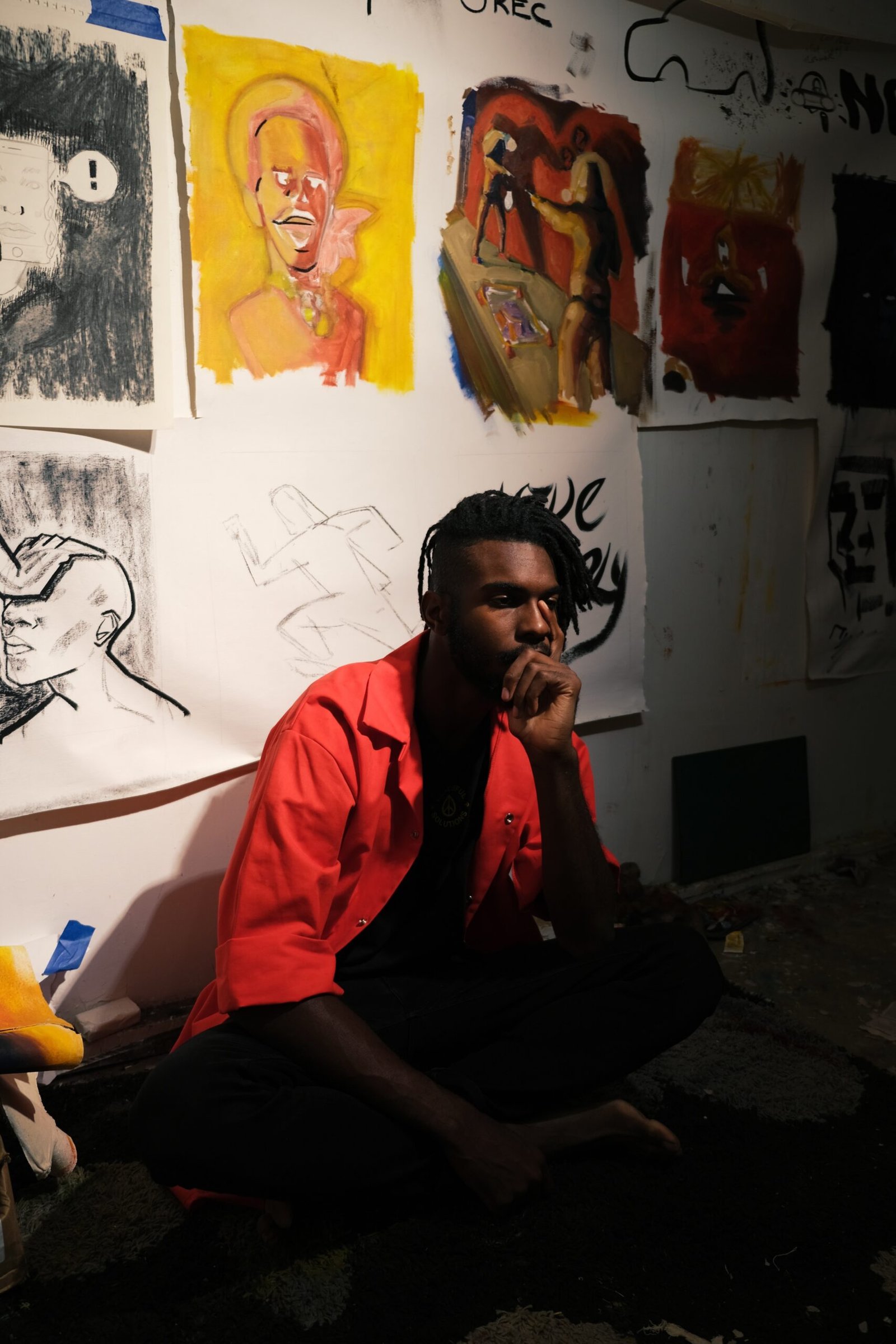The Rise of Social Media in the Art World
Social media has revolutionized the way we connect, communicate, and consume information. In recent years, it has also become a powerful tool in the world of art and culture. Artists, galleries, and museums have embraced social media platforms to reach a wider audience, promote their work, and engage with art enthusiasts like never before.
Connecting Artists and Audience
Social media has bridged the gap between artists and their audience. In the past, artists relied on galleries and museums to showcase their work. Today, they can directly connect with their audience, bypassing traditional gatekeepers. Artists can share their creative process, behind-the-scenes glimpses, and even sell their artwork online. Social media platforms like Instagram, Facebook, and Twitter have become virtual galleries, allowing artists to showcase their work to a global audience.
Artists can also engage with their followers in real-time, receiving feedback and building a community around their art. This direct interaction has transformed the relationship between artists and their audience, making it more personal and intimate.
Discovering New Artists and Art Forms
Social media has democratized the art world by providing a platform for emerging artists to showcase their work. Artists who may not have had the opportunity to exhibit in traditional galleries can now gain recognition and build a following online. This has led to the discovery of new talent and the emergence of new art forms.
Moreover, social media algorithms and recommendation systems have made it easier for art enthusiasts to discover new artists and art forms. By analyzing user preferences and behavior, these algorithms can suggest artwork that aligns with the user’s interests. This has opened up new avenues for art appreciation and exploration.
Art as Activism
Social media has also become a powerful tool for artists to express their views and engage in social and political activism. Artists can use their platforms to raise awareness about important issues, challenge societal norms, and spark conversations. From street art to digital art, social media provides a global stage for artists to make a statement and effect change.
Artists can also collaborate with social media influencers and organizations to amplify their message. By leveraging the reach and influence of these platforms, artists can make a significant impact and reach a wider audience.
Challenges and Criticisms
While social media has undoubtedly had a positive impact on contemporary art and culture, it is not without its challenges and criticisms. One of the main concerns is the commodification of art. With the rise of online art marketplaces and influencers, there is a risk of art becoming purely transactional, focusing more on popularity and marketability rather than artistic merit.
Additionally, the fast-paced nature of social media can sometimes overshadow the time and effort that goes into creating art. The pressure to constantly produce new content can be overwhelming for artists, leading to a focus on quantity over quality.
The Future of Art and Social Media
As technology continues to evolve, so does the relationship between art and social media. Virtual reality, augmented reality, and other emerging technologies are opening up new possibilities for artistic expression and immersive experiences. Artists are pushing the boundaries of what is possible, creating interactive installations and digital artworks that can be shared and experienced through social media.
Furthermore, social media platforms are constantly evolving, adapting to the needs and preferences of their users. This means that artists and art enthusiasts can expect new features and tools that will further enhance the connection between art and social media.
In conclusion, social media has had a profound impact on contemporary art and culture. It has connected artists and their audience, provided a platform for emerging talent, and enabled art to become a form of activism. While there are challenges and criticisms, the future looks promising as technology continues to shape the relationship between art and social media.



































